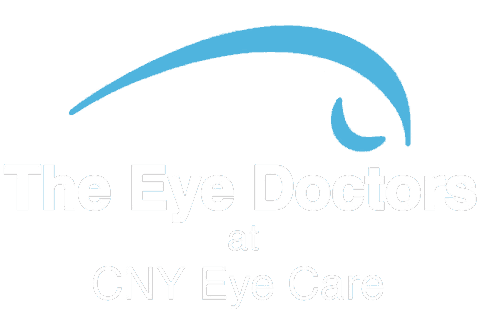Dry Eye

Dry eye syndrome is a chronic lack of sufficient lubrication and moisture in the eye. Its consequences extend from subtle but constant irritation to ocular inflammation of the anterior (front) tissues of the eye. It is particularly bothersome for wearers of contact lenses.
Signs of Dry Eye Syndrome
Persistent dryness, scratching and burning in your eyes are signs of dry eye syndrome. These symptoms alone may be enough for your eye docotr to diagnose dry eye syndrome. Sometimes he or she may want to measure the amount of tears in your eyes. A thin strip of filter paper placed at the edge of the eye, called a Schirmer test, is one way of measuring this.
What Causes Dry Eyes?
Tears bathe the eye, washing out dust and debris and keeping the eye moist. They also contain enzymes that neutralize the microorganisms that colonize the eye. Sometimes the eye doesn’t produce enough tears, or the tears have a chemical composition that causes them to evaporate too quickly.
Dry eye syndrome has several causes. It occurs as a part of the natural aging process; as a side effect of such medications as antihistamines, antidepressants and birth control pills; or because you live in a dry, dusty or windy climate. Dry eyes are also a symptom of systemic diseases such as lupus, rheumatoid arthritis or Sjogren’s syndrome (a triad of dry eyes, dry mouth, and rheumatoid arthritis or lupus).
Long-term contact lens wear is another cause; in fact, dry eye is the most common complaint among contact lens wearers. Recent research indicates that contact lens wear and dry eyes can be a vicious cycle. Dry eye syndrome makes contact lenses feel uncomfortable, yet the rubbing of the lenses against the conjunctiva seems to be a cause of dry eyes, according to a report in the January 2001 Contact Lens Academy of Optometry Journal.
Incomplete closure of the eyelids, eyelid disease and a deficiency of the tear-producing glands are other causes. Dry eye syndrome is more common in women, possibly due to hormone fluctuations. Recent research suggests that smoking and taking multivitamins can increase your risk of dry eye syndrome.
Treatment for Dry Eyes
Dry eye syndrome is an ongoing condition that cannot be cured, but the accompanying dryness, scratching and burning can be managed. Your eye docotr may prescribe artificial tears, lubricating eyedrops that may alleviate the dry, scratching feeling.
Sometimes too much moisture drains out of the eye through the lacrimal (tear) ducts. Temporary or permanent plugs in the lacrimal ducts usually solve this problem very well, though sometimes the ducts need surgical blockage.
If medications are the cause of dry eye syndrome, discontinuing the drug generally resolves the dry eye. In this case, the benefits of the drug must be weighed against the side effect of dry eye syndrome. Sometimes switching to a different type of medication alleviates the dry eye symptoms while keeping the needed treatment. Treating the underlying eyelid disease helps as well. This may call for antibiotic or steroid drops plus frequent eyelid scrubs with an antibacterial shampoo.
Many different therapies have been proven to help. Make your appointment today to see which one is best for you, or attend our Dry Eye Seminar to learn more about Dry Eye.
